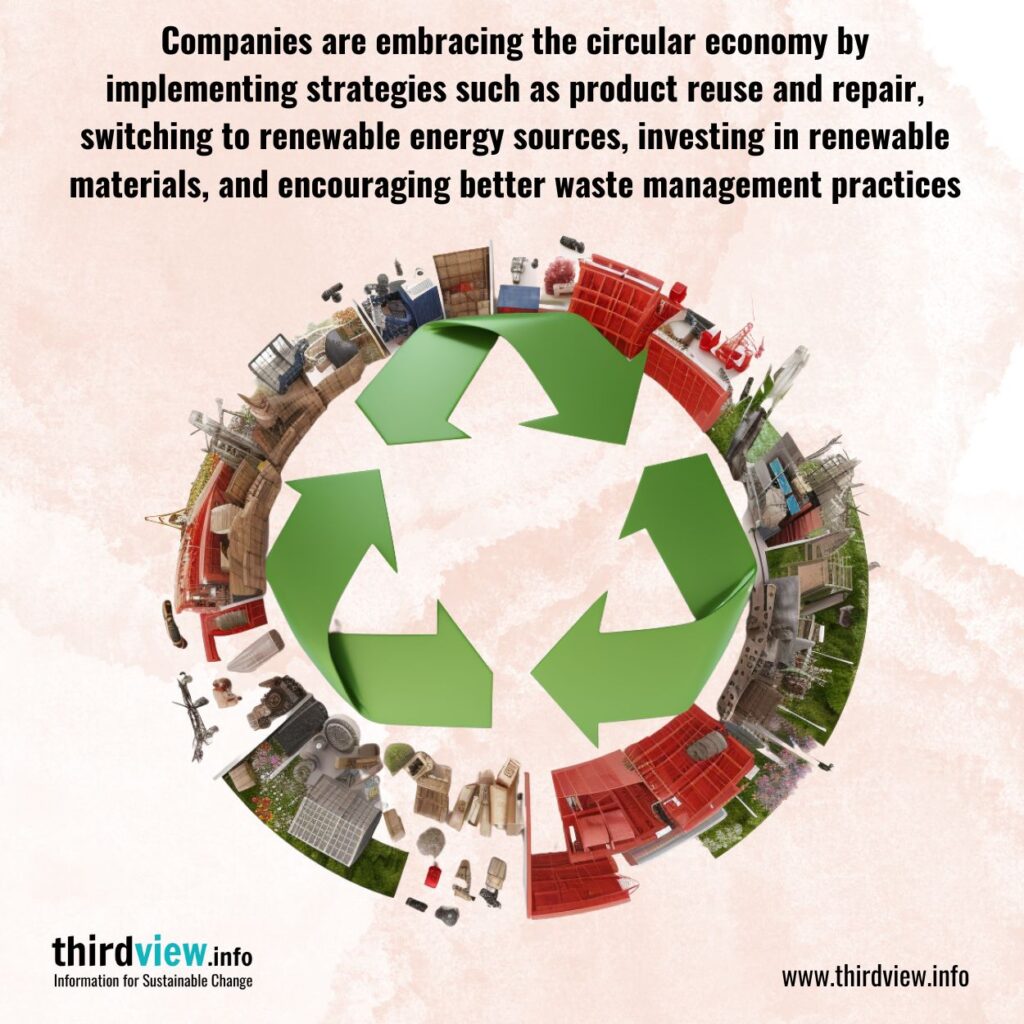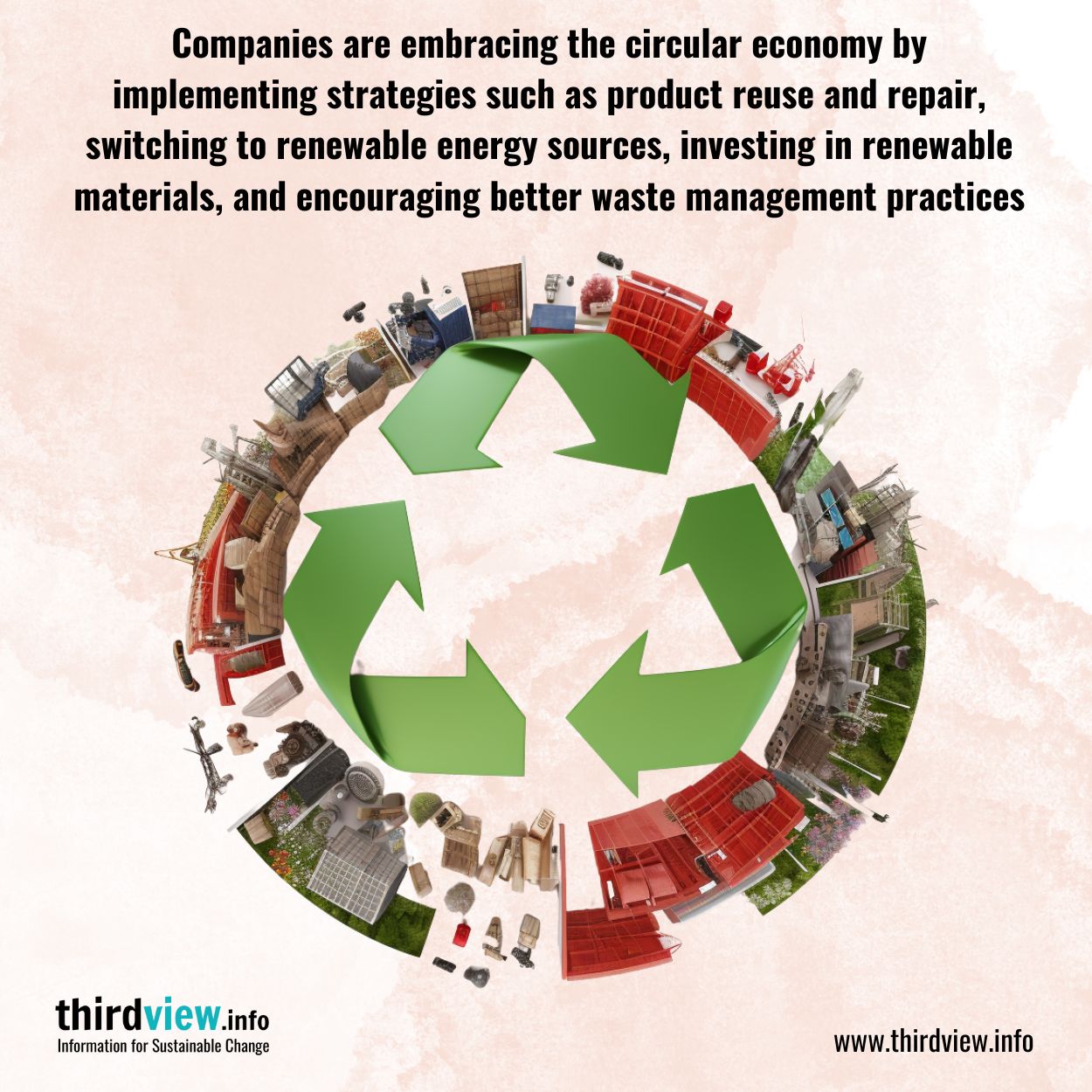The circular economy has become an increasingly popular topic amongst businesses, due to its potential to help companies become more sustainable and resource-efficient. But what exactly is the circular economy? And how are companies actually applying it? In this blog post, we will provide an overview of the circular economy and explore some of the ways in which businesses are adopting it.
What is a Circular Economy?
The circular economy is an alternative economic system where resources remain in use for as long as possible and waste generation is minimized. This model differs from traditional linear models, where resources are extracted from nature, used once, and then disposed of in landfills or incinerators. Instead, the circular economy aims to keep products, components, materials, and resources in use for longer periods of time. This helps reduce our reliance on finite resources and decreases our environmental impact.
How Companies are Applying the Circular Economy
Companies around the world have begun experimenting with various aspects of the circular economy in order to reduce their environmental impact while improving their profitability. Some common examples include product reuse/refurbishment programs that allow customers to return used products for repair or repurposing; increased focus on durable product design that allows them to last longer; and partnerships with other organizations that share similar values and can help create closed-loop systems (e.g., manufacturers partnering with recycling centres). Additionally, many companies have begun investing in renewable energy sources such as solar panels or wind turbines in order to reduce their reliance on non-renewable sources like coal or oil.
One of the most important aspects of implementing a circular economy model is communicating these changes clearly to customers so they understand how their purchases will benefit both themselves and the environment. This can be done through marketing campaigns that highlight a company’s commitment to sustainability or by providing detailed information about a product’s life cycle when it is purchased online or in stores. It is also important for companies to measure their progress towards achieving a more sustainable future so they can track their successes over time.
The circular economy has quickly become one of the most popular topics amongst businesses due to its ability to help them become more sustainable while still remaining profitable. By understanding how companies are applying this concept—including product reuse/refurbishment programs, durable product design, partnerships with other organizations, investments in renewable energy sources, and customer communication strategies—businesses can begin taking steps towards implementing their own circular models that will improve their bottom line while minimizing their environmental impact at the same time.


